Veteran actress Gena Rowlands knows that life is messy. She made her mark playing difficult, disturbed and complex women in films such as “A Woman Under the Influence,” “Faces” and “Gloria,” all made with her husband, the groundbreaking writer/director/actor John Cassavetes. (All three films garnered Oscar noms.)
But Rowlands, 84, recently dealt with a happy mess when she planted her hands and feet in wet cement at the TCL Chinese Theatre IMAX, formerly known as Grauman’s Chinese.
“I want to tell you one thing and I want you to listen,” she told the crowd at the ceremony last Friday. “If I get stuck in that cement, I expect all of you to help me out of it.”
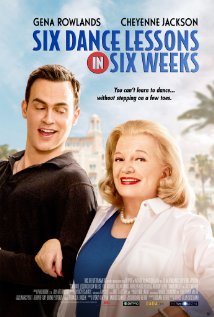 Joking aside, it’s hard to imagine Rowlands, with her gravelly voice, graceful posture and piercing blue eyes, needing help of any kind. To be sure, she’s delightful to watch in her latest vehicle, a comedy/drama called “Six Dance Lessons in Six Weeks.”
Joking aside, it’s hard to imagine Rowlands, with her gravelly voice, graceful posture and piercing blue eyes, needing help of any kind. To be sure, she’s delightful to watch in her latest vehicle, a comedy/drama called “Six Dance Lessons in Six Weeks.”
Directed by Arthur Allan Seidelman and written by Richard Alfieri (from his hit play of the same name), the movie introduces us to two lonely-hearts: Rowlands as a bored widow named Lily with time on her hands and no one to twirl her around the ballroom, and Cheyenne Jackson as Michael, a snippy gay dance teacher with attitude and arrogance to spare. It’s familiar territory: the oddballs with nothing in common who clash at first, then find true camaraderie and lasting affection.
Somehow, it’s a tad hard to buy that the stunningly gorgeous Michael is really that hard up for guys to date. (On stage, David Hyde Pierce played Michael, opposite Uta Hagen.) And there are more than a few manufactured moments. But this is a fluffy, crowd-pleasing, feel-good flick.
At a recent press day, Rowlands said she welcomed the chance to play the role, given the paucity of good parts for older women. “They’ve been done sort of an injustice,” she said. “Older people are the ones who have been places and seen things and have insight.”
Rowlands’ crisp and independent Lily likely will resonate with viewers. “She just wasn’t going to take it. She just wasn’t going to be miserable,” said Rowlands. “She was going to have some fun.”
And Rowlands said she voiced her opinion about Lily’s sexy dancing dress, making sure it looked as tasteful as possible. As she put it: “I have not made a reputation on my bosom!”
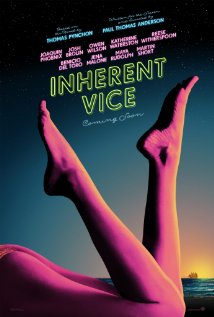 The much-anticipated “Inherent Vice” (director Paul Thomas Anderson’s adaptation of Thomas Pynchon’s novel of Los Angeles in 1970) stands as an exemplar of the neo-noir canon.
The much-anticipated “Inherent Vice” (director Paul Thomas Anderson’s adaptation of Thomas Pynchon’s novel of Los Angeles in 1970) stands as an exemplar of the neo-noir canon.
As pothead private eye Doc Sportello, Joaquin Phoenix is grubby, raunchy and amusing throughout. Doc agrees to help his ex-girlfriend (Katherine Waterston) after she confides to him that her current lover’s life could be in danger. Doc’s snooping sets off a gloriously Byzantine plot in the tradition of “The Big Sleep,” “Out of the Past,” “D.O.A,” “Pulp Fiction” and “The Big Lebowski.”
Doc encounters an assortment of mostly corrupt malcontents, including Josh Brolin as a brutish cop, Owen Wilson as an airheaded surf musician, Jena Malone as his wry wife, Reese Witherspoon as a cynical district attorney not averse to puffing a joint, Benicio Del Toro as Doc’s hip lawyer, and Martin Short as an evil dentist.
Anderson provides assured direction as well as a script that is both slick and at times touching. “Inherent Vice” is a head-banging cinematic ride. It’s hard, however, to escape the feeling that this trippy, 148-minute excursion to hippiedom could be a little more entertaining, a little funnier than it is. Anderson puts his top-tier cast in comic situations and there are laughs, to be sure, just not quite enough to energize the material as a whole.
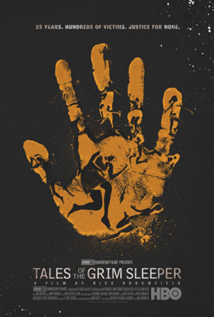 In “Tales of the Grim Sleeper,” documentarian Nick Broomfield tells a riveting crime story of haunting sadness and infuriating injustice. But given that the crimes – the murders of at least 10 women, some of whom were prostitutes – took place in South Central Los Angeles it’s hardly surprising, according to London-born Broomfield, who describes Los Angeles as operating under apartheid.
In “Tales of the Grim Sleeper,” documentarian Nick Broomfield tells a riveting crime story of haunting sadness and infuriating injustice. But given that the crimes – the murders of at least 10 women, some of whom were prostitutes – took place in South Central Los Angeles it’s hardly surprising, according to London-born Broomfield, who describes Los Angeles as operating under apartheid.
Certainly, it is staggering to consider that the murders took place over a period of 22 years with apparently little effort by police to follow clues, connect the cases or alert the community to the potential danger. LA Weekly reporter Christine Pelisek broke the story in 2007. In 2010, a mechanic named Lonnie Franklin, now 62, was arrested and is awaiting trial.
The LAPD would not participate in Broomfield’s film so arguably there may be gaps or questions about the events. But one thing’s for sure: Watching Broomfield’s recounting of the facts will make your blood boil.
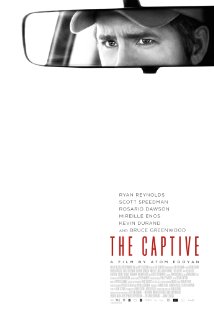 From its opening scene, “The Captive,” loosely based on an actual case in Ontario, Canada, declares itself an unconventional thriller. That’s not surprising given that it’s directed and co-written by unconventional filmmaker Atom Egoyan (“Where the Truth Lies,” “The Sweet Hereafter”).
From its opening scene, “The Captive,” loosely based on an actual case in Ontario, Canada, declares itself an unconventional thriller. That’s not surprising given that it’s directed and co-written by unconventional filmmaker Atom Egoyan (“Where the Truth Lies,” “The Sweet Hereafter”).
The titular captive is a girl named Cass (Alexia Fast) who is abducted and held prisoner for close to a decade by an uber-creepy rich guy (Kevin Durand). Her parents, Mireille Enos and Ryan Reynolds, struggle to maintain hope that Cass is still alive; meanwhile their marriage is in tatters. Rosario Dawson and Scott Speedman are the cops trying to crack the case.
Some elements of “The Captive” are praiseworthy: the stark cinematography full of isolated, foreboding winterscapes; the weird, unnerving atmosphere; the raw performances. But the story feels ill conceived and randomly plotted, leading to a particularly hackneyed and hard-to-buy turn for Dawson’s tough, streetwise character. Unfortunately, the non-linear narrative doesn’t so much unfold as flop around, sometimes annoyingly, serving to create tedium more than tension.
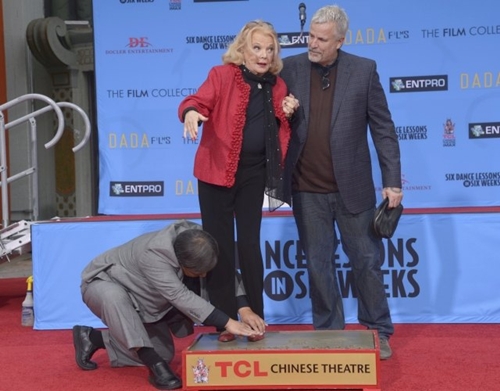








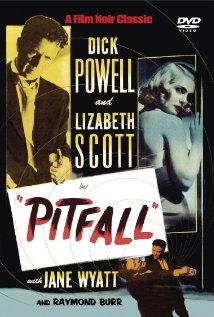
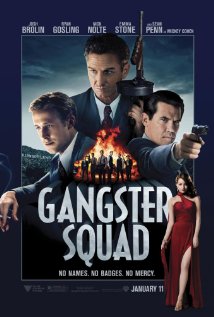





From FNB readers